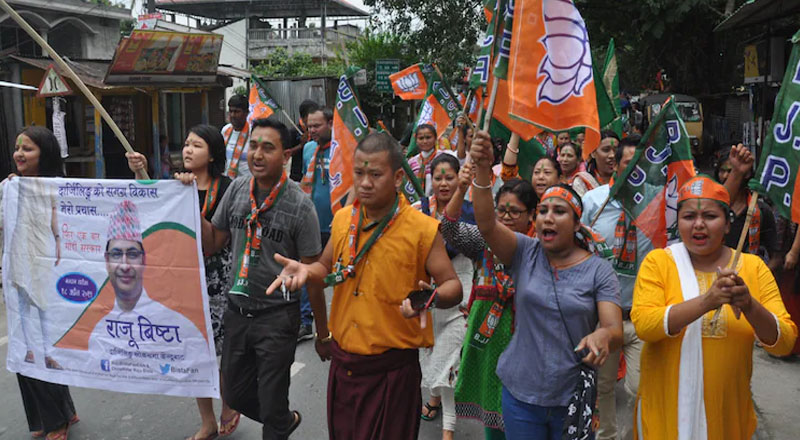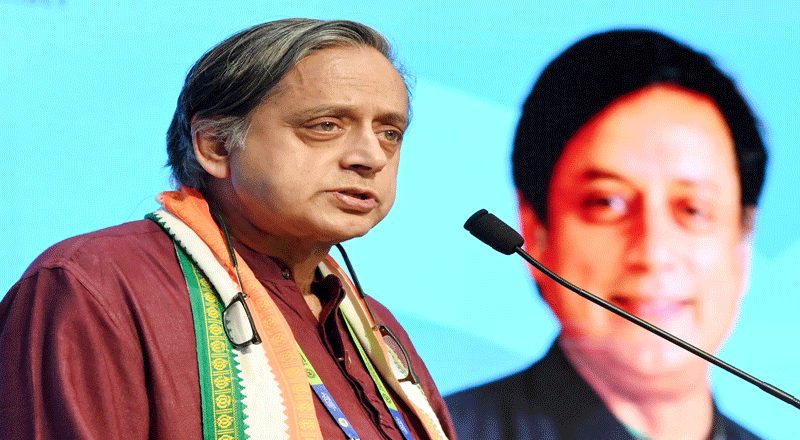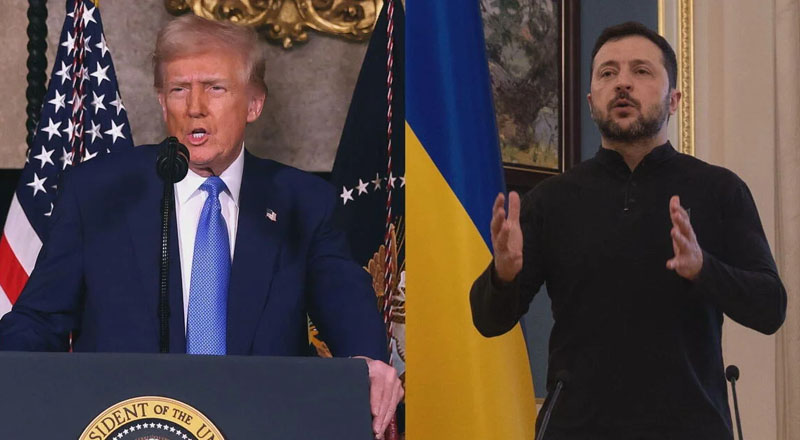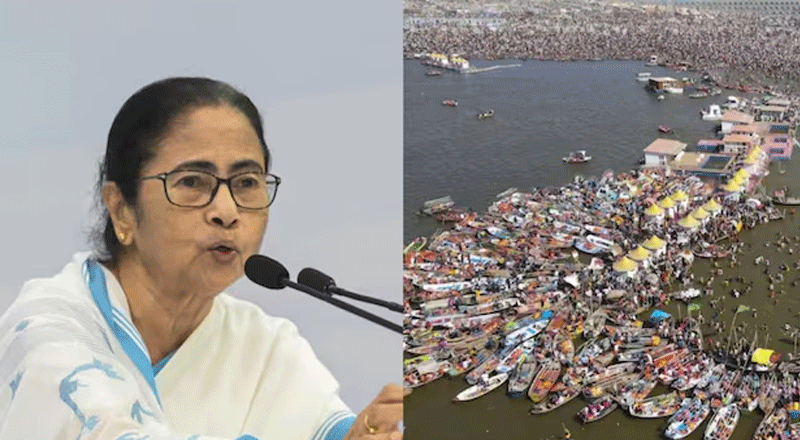Results in the recently concluded polls in the Gorkha Territorial Administration, where Anit Thapa’s BGPM has gained majority, raise hopes of lasting stability in the hills. But imminent calls for a separate Gorkhaland cast a shadow over it all
The predominant narrative in West Bengal’s hill politics thus far revolved around upholding ethnic and regional sentiments of the people of Darjeeling, Kurseong, Kalimpong, Mirik and some parts of Siliguri. Whichever party could address the ethnic aspirations better managed to draw people and votes. At least it had been so for years. But the results of the recently concluded polls in the GTA (Gorkha Territorial Administration), the autonomous council for controlling hill affairs, have proved otherwise. Development and peace had been the principal agenda on which political outfits like Anit Thapa’s Bharatiya Gorkha Prajatantrik Morcha (BGPM), fought the election. It paid off: the BGPM won 27 out of the 45 seats, getting a majority.
Those who were against a democratically elected system to function in the hills, like Bimal Gurung’s Gorkha Janamukti Morcha (GJM) and the BJP, did not participate in the election. In fact, Gurung did all that he could, including sitting on a hunger strike, to stall the election to the GTA.
Elections to the GTA council last took place in 2012. The stipulated election in 2017 got delayed because of an agitation in the hills, followed by a 104-day strike called by Gurung. He was then spearheading a movement for separate state of Gorkhaland. He resigned from the chairman’s post of GTA, hoping the council would cease to exist. However, chief minister Mamata Banerjee had other plans. She placed a Gurung associate turned rebel, Binay Tamang, on the post.
Meanwhile, the river Teesta saw many a rise and ebb of political fortunes. Bimal Gurung went underground for over a year, following the slapping of serious charges against him by the Trinamool Congress government against him, only to return and join hands with the TMC.
Binay Tamang, who had earned Mamata’s trust, felt insulted by Gurung’s return and resigned from the GJM, as Gurung staked claim to the party, being its original founder. Tamang’s associate Anit Thapa also resigned and formed the BGPM in October 2021 and entered hill politics. Tamang has joined the TMC recently.
Other than the BGPM, which won big in the GTA polls, another fledgling party, the Humro Party, won eight seats, while the Trinamool Congress won five and independents backed by the BGPM took another five seats.
The results in favour of the parties which took part in the electoral process raises hopes that finally the Hills are willing to settle down to a peaceful life.
Mamata was also hopeful that the recent mandate in favour of development and progress in the hills would be able to contain the explosions of ethno-regional feelings from time to time. She invited Anit Thapa to the state headquarters, Nabanna, on July 4, as the stepping stone for a harmonious relationship.
But it seems something else is cooking. Thapa has already announced that the first GTA meeting will adopt a resolution and prepare a blue print for taking the separate statehood demand forward. The BJP has been fanning the demand for long to get a foothold in hill politics. Since 2014, it had been partnering with political parties too, and calling the shots in the hills by promoting the Gorkhaland issue. So far, it has been successful, doing well in north Bengal in two successive Lok Sabha polls, especially in 2019 (when it won seven LS seats there) with the backing of the GJM.
Now, with Thapa’s declaration, there is an opportunity for the BJP to forge a relationship with the BGPM.
The BJP is also stoking a similar demand in North Bengal by the separatist group KLO (Kamtapur Liberation Organisation), which is agitating for a separate state for the Koch-Rajbongshis.
Thapa’s declaration about resurrecting the statehood demand is likely to create fresh tension. It seems Mamata will have to negotiate another sharp harpin bend.





